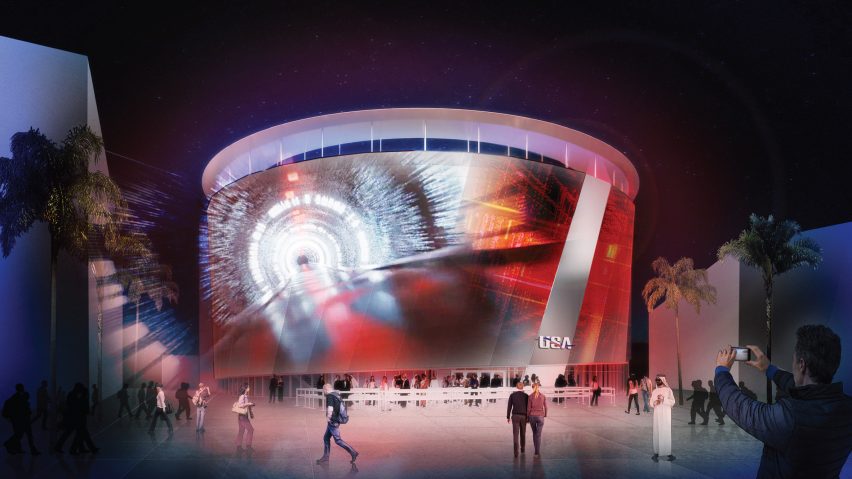
American firm Fentress Architects has unveiled its design for the US Pavilion at the Dubai Expo 2020, which will enable visitors to virtually take a ride in Virgin Hyperloop One.
Fentress Architects' cylindrical Pavilion USA 2020 aims to celebrate the United States as an "an open, accessible country", focusing on its impact on global mobility.
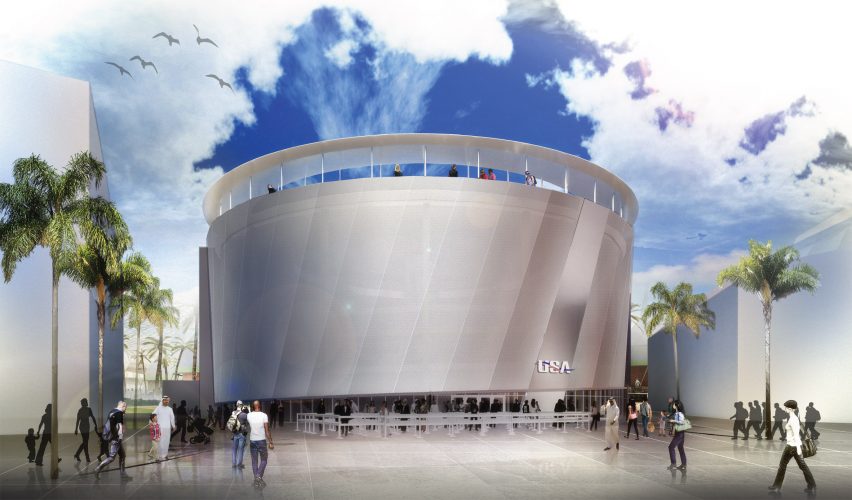
Pavilion USA 2020 has partnered with Virgin Hyperloop One for the building and the two will create a simulated experience of the high-speed transportation system's pods.
It will form an early test drive of the Virgin Hyperloop One, which aims to have three systems in service by 2021, with the United Arab Emirates among the potential locations.
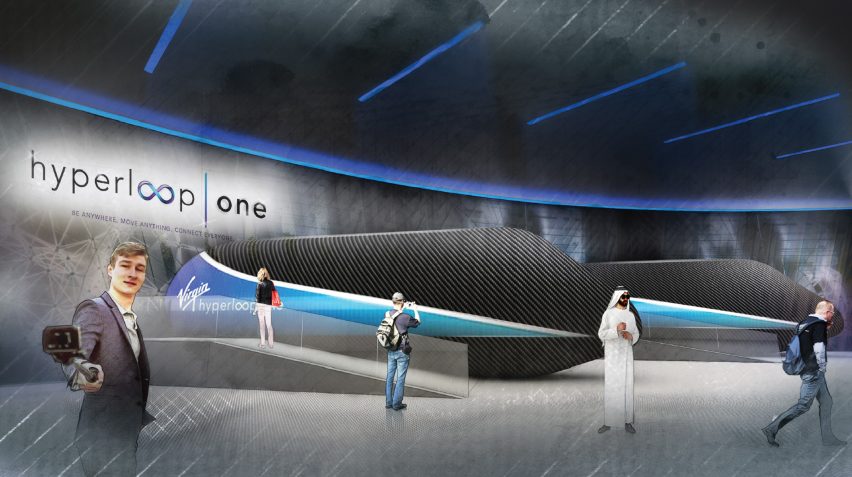
Fentress Architects also intended to evoke movement on the exterior. The circular structure will be covered in slanted screens that display images of America, including photos of national parks and the Statue of Liberty.
"We have designed this building to be circular in form with slants fashioned to project a sensation of movement, making the viewer feel like the building itself is in motion," said the firm's founder Curtis W Fentress in a statement.
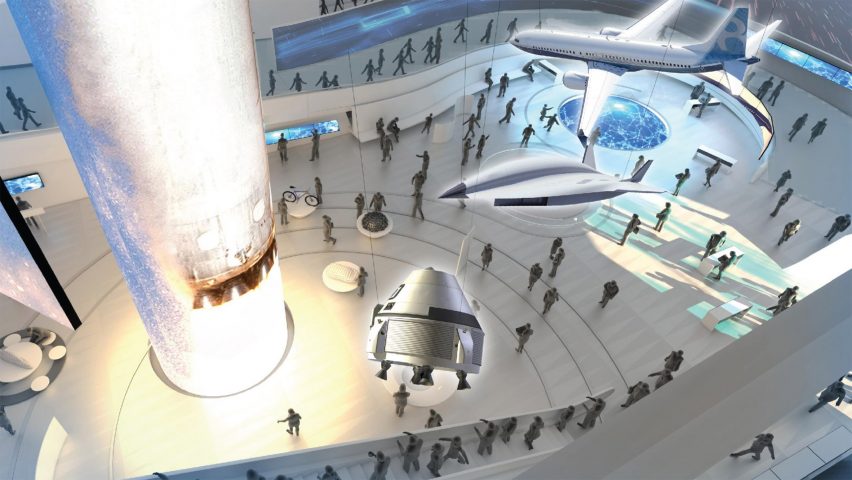
In addition to the Virgin Hyperloop One simulation, a winding pathway will lead through the three floors of exhibition, designed by Michigan firm George P Johnson Experience Marketing.
Eight themes of movement responding to the question: "What Moves You?" will be explored in the showcase. These include "ideas", such as virtual reality and brain connected technology, and "lives", which will address advances related to the body like wearable exoskeletons and 3D-printed organs.
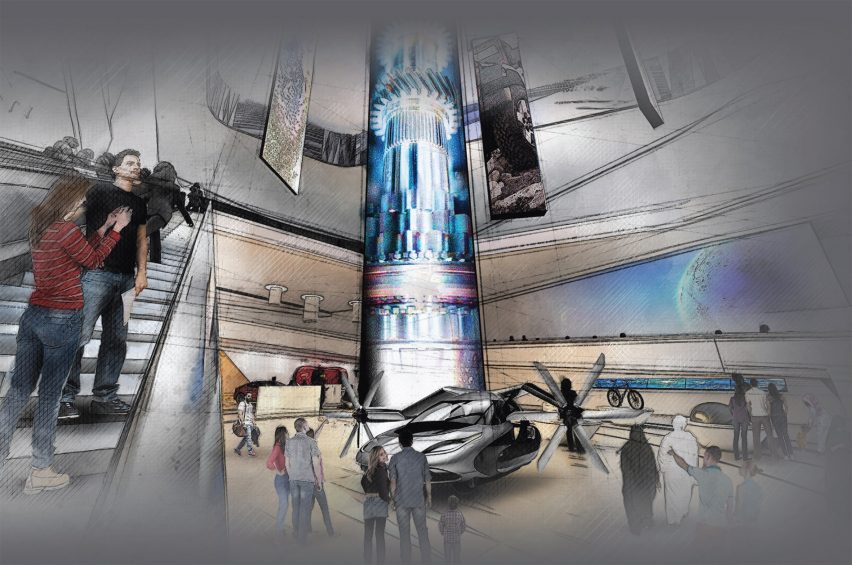
"The Pavilion is the convergence of the ideas and technologies that will move us towards the future as we reach across cultures and borders to build a better tomorrow for all," said Fentress.
"Every decision made in designing the United States experience is informed by the same question asked of all our guests: 'What Moves You?'"
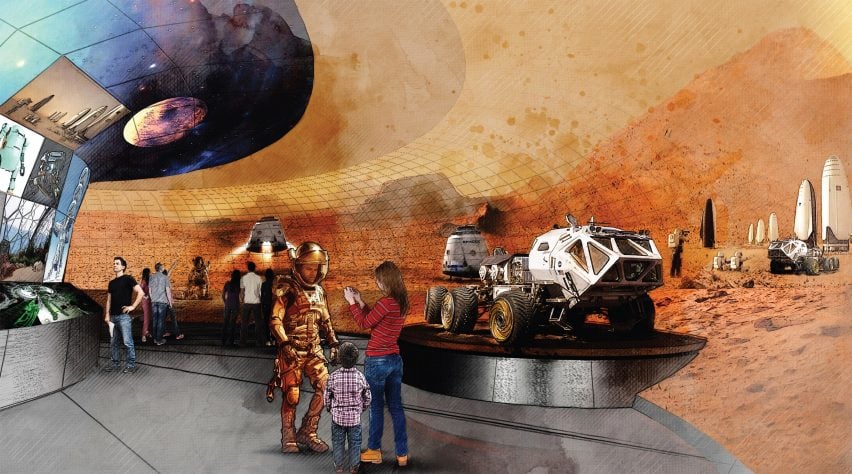
Other movements that will be address are transportation of goods, which will change due to drones and robotics, and space travel, ahead of the US-UAE collaborative mission to Mars set for 2021. Money transfer through crowdfunding and block chain, flying cars, personal rockets, and changing urban design will also form part of the showcase.
"It showcases all the things we are doing in America: developing technology and concepts that are going to move us forward in the future," Fentress added.
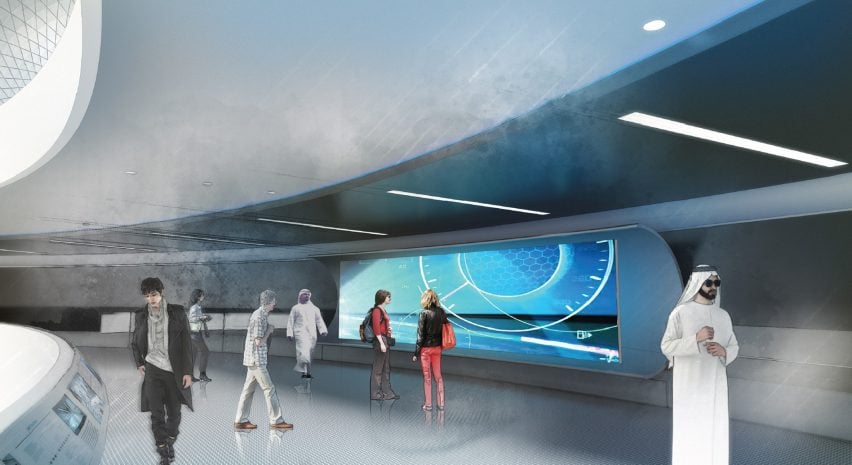
The US is among 180 nations that are expected to participate in the Dubai Expo 2020, which is set to take place for six months from October 2020 to April 2021.
The expo's title, Connecting Minds, Creating the Future, aims to highlight sustainable solutions to world issues. Participants were required to respond one of the three core themes: Mobility, Sustainability and Opportunity.
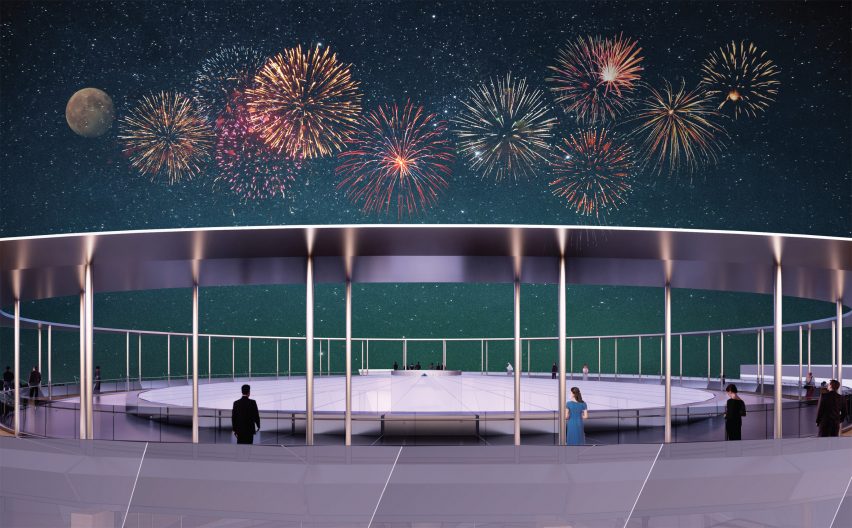
"Today we're looking at an Expo that is related to mobility, movement, travel, sustainability – things that are very important to the world today," said Fentress.
Architecture firm HOK has masterplanned the two-square-kilometre site, which is expected to be visited by over 25 million people. A series of high-profile architects that are participating in the event, including Santiago Calatrava, Foster + Partners, BIG and Grimshaw.
Earlier, this year it was also revealed that British set designer Es Devlin will create the UK Pavilion at the expo.
Comments
Post a Comment